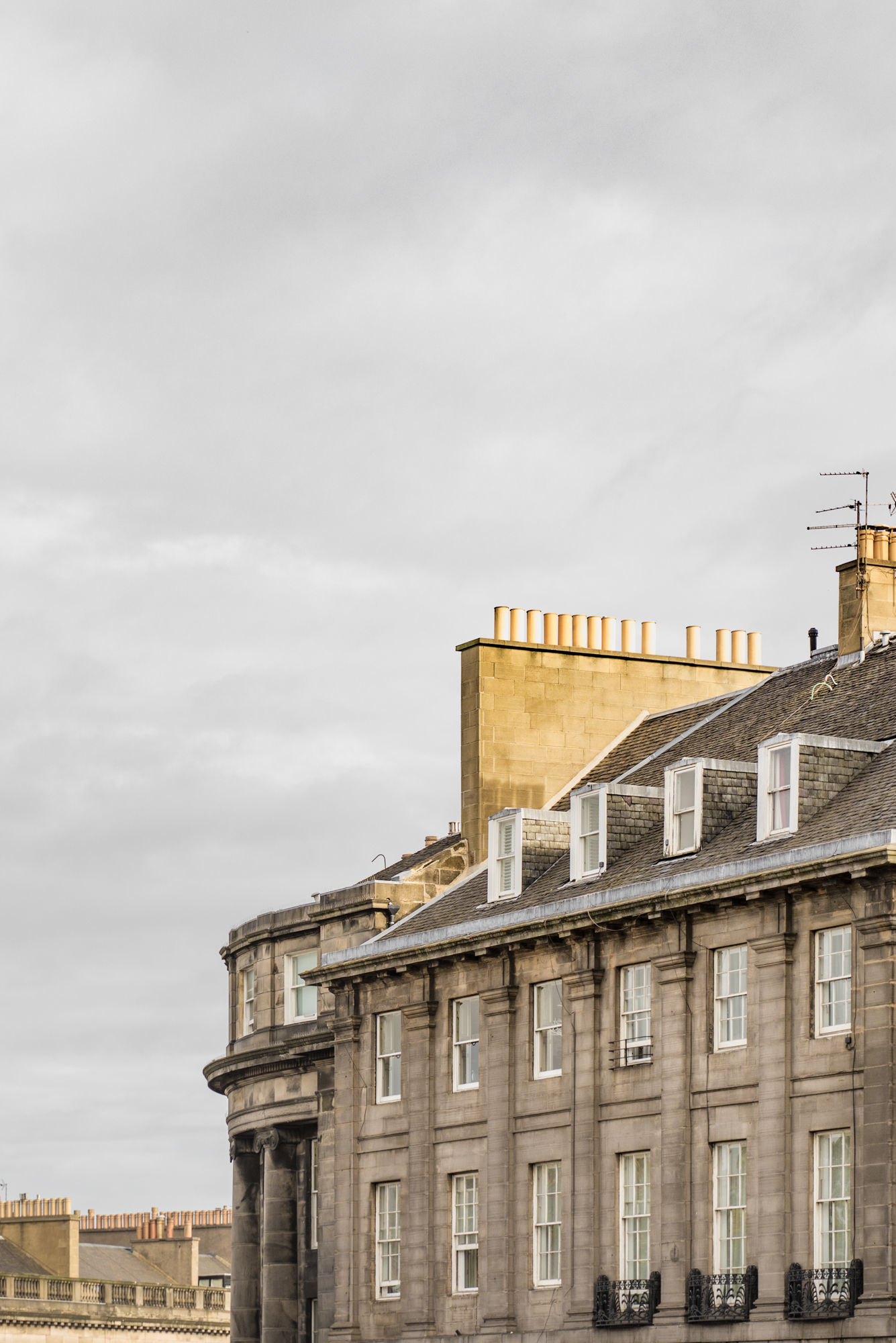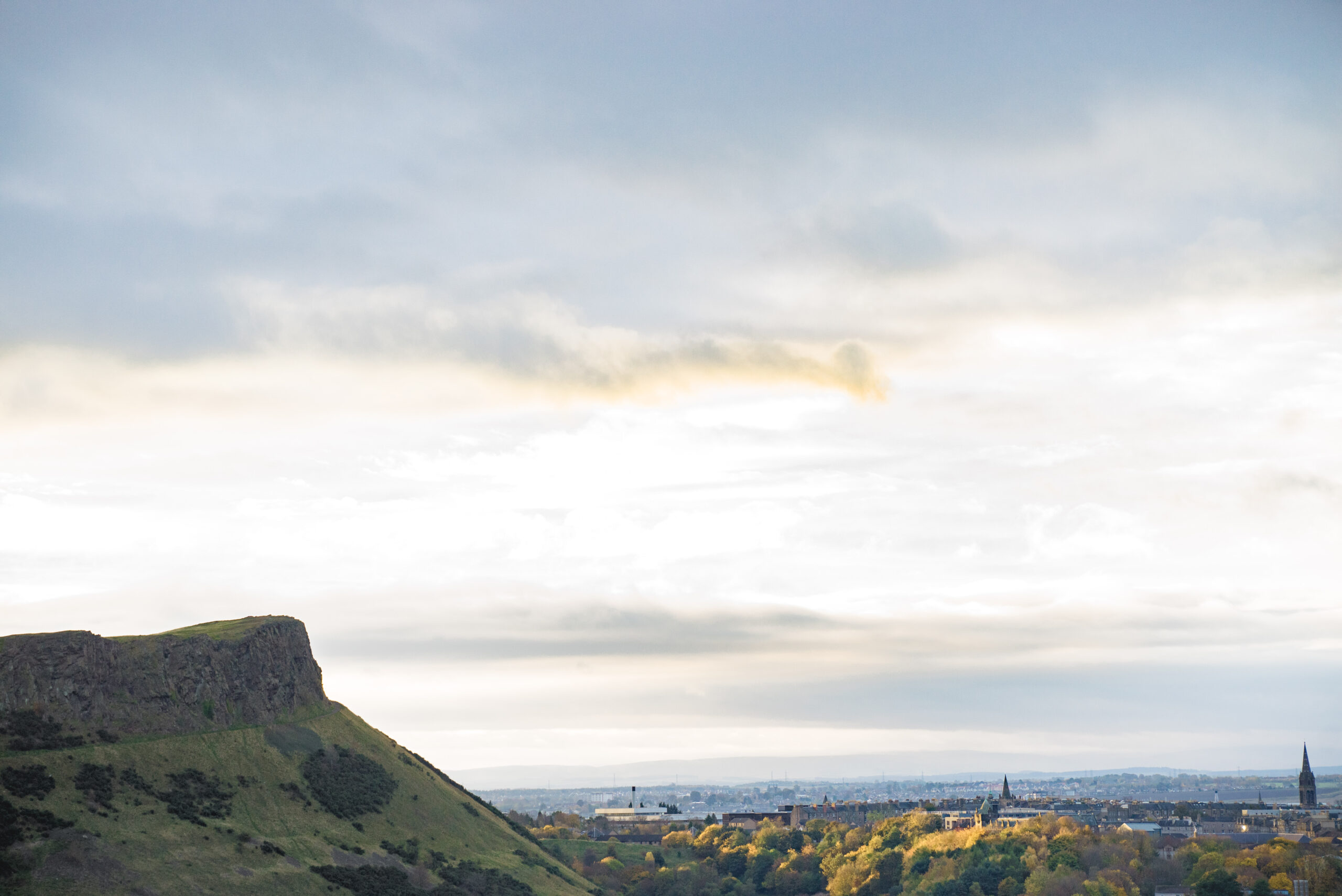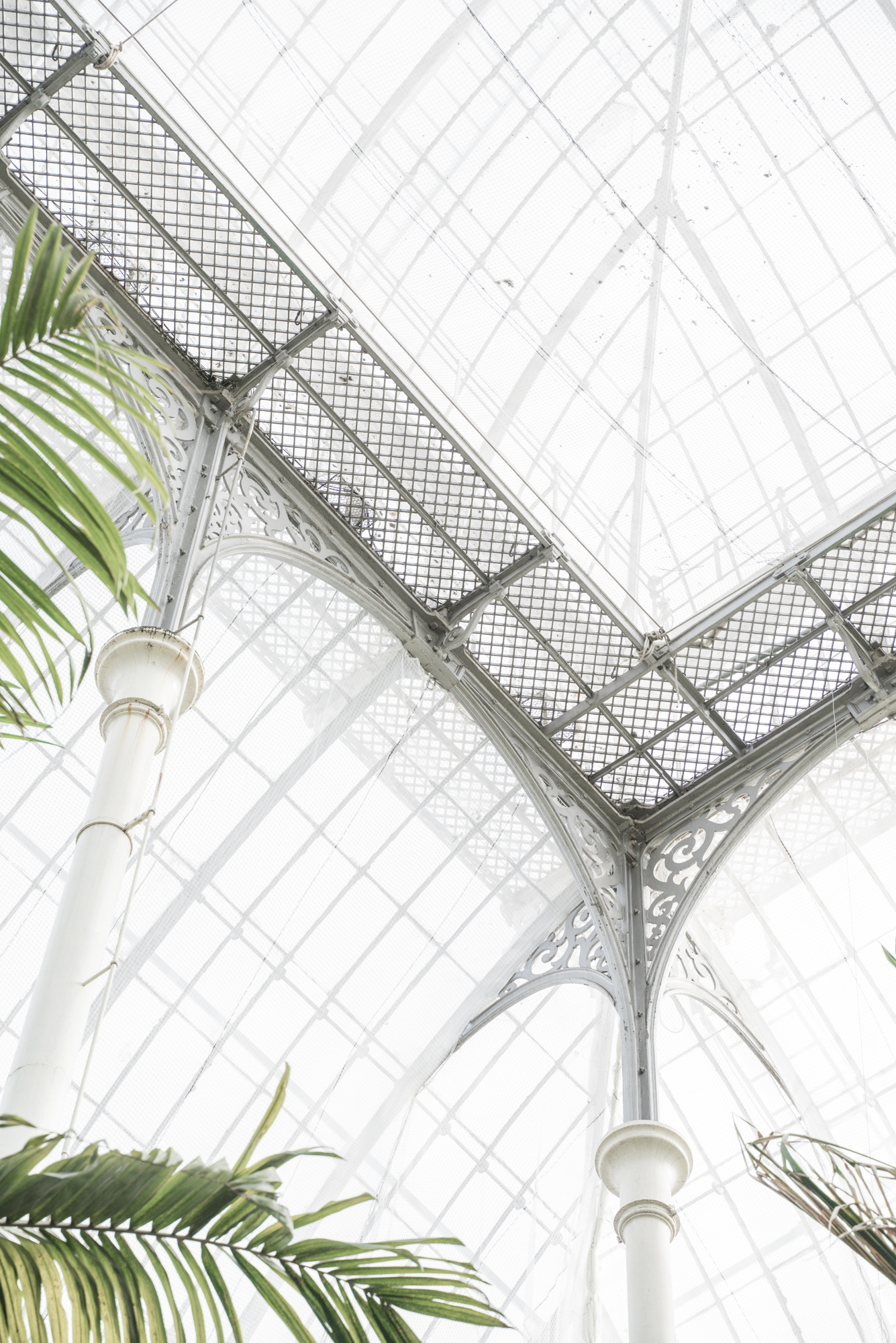A brief history
In the seventh century, Edinburgh was a stronghold. When the English captured it they called it Eiden’s Burgh (Eiden’s fort). Then it went back and forth between the Scots and the English, for centuries (sharing a small island must be hard I guess) However, the city kept growing. With its highs : abundant trade and rights for its inhabitants. And its low : plague, wars and religious conflicts. Just, you know, casual middle age shenanigans.
In the eighteenth century, the city was overgrowing and started to fold on itself. Limited by its topography, the local Lord decided to build a new town, in the northern part of Edinburgh. The extension’s designs were almost the premises of contemporary urban planning. It integrated wide streets, parks, circuses, plots with gardens and so on. It is still noticeable today, and a pleasure to walk by. (see new town)
Spared by the world wars, Edinburgh kept growing during the nineteenth century. Albeit failing the industrial transition, the city specialized in services like banking, insurances and law consulting. Although witnessing constant development for more than a millennium, the old dame never forgot her history. Indeed, contemporary architecture, gardens, town planning, everything has a direct relationship to the past.





Traveling back in time
Even for a long weekend, Scotland is an amazing place to visit. Edinburgh is a human scaled city, with low rise buildings and centuries old urban fabric. Strolling in the streets, feels like going back in time. As if the city stopped to grow a hundred years ago, to preserve its unique features. From the pavement to the rooftops, everything looks like it’s always been there.
What is really striking is the overall coherence within the streets. The local materials and the tones are giving the city its harmonious traits. If you look at Edinburgh castle, it seems to be directly carved out from the rocky hill it stands on. Some would say, of course, hundreds of years ago, it was really difficult and expensive to import other materials from abroad. And they would be right. Nowadays it is less expensive and very common. But we can fairly say, that it is what removes the overall legitimacy of a place. Building with inadequate materials, means disregarding our surroundings, ignoring our history, bypassing decades if not hundreds of years, of local construction knowledge.






Cool story, but where is the Starbucks ?
I know what you think, “I read three thousand words, and I still don’t know where to get a good coffee”. So, now is the interesting part, for each place we’ll talk about, you’ll find a related photo and a GPS location. (which won’t be pinpoint accurate, but still kind of useful)
In order of Appearance :
- Views from Salisbury Crags : You’ll have to walk a bit for this one, about forty minutes to reach the top, from the city center.
- Edinburgh Castle : A classic, if you want to go inside, entrance fees start at 16£ for an Adult.
- Old city center : walking around is a pleasure by itself, you don’t need a purpose to scour the streets do you ?
- Leith Walk : a long street that leads to Leith, Wide, luminous and pedestrian friendly, if you want to walk to go to Leith, this is the way.
- Leith : you’ll find plenty of restaurants by the riverside, no need to go further though, Leith is primarily an industrial harbor.
- Edinburgh’s botanical garden : A must do, the gardens are beautiful any time of the year. Just go there and enjoy a good walk.
So, what about this coffee ? There’s this really great place called Artisan Roast, it’s a super tiny place, with a lot of charm, and god the coffee is good. Plus the personnel is cheerful and gives personalized advice. Even google says so. Another place we randomly bump into, was a cupcake store called Cuckoo’s bakery, also small and unpretentious, everything they have is made with love, you can tell just by watching. Other than that, you can try the traditional, whiskey tasting, any bar would do the trick. Oh, and one last thing, do not forget that this is England, (for now…) meaning that every public museum is free, so you have no excuses!












Leave a reply